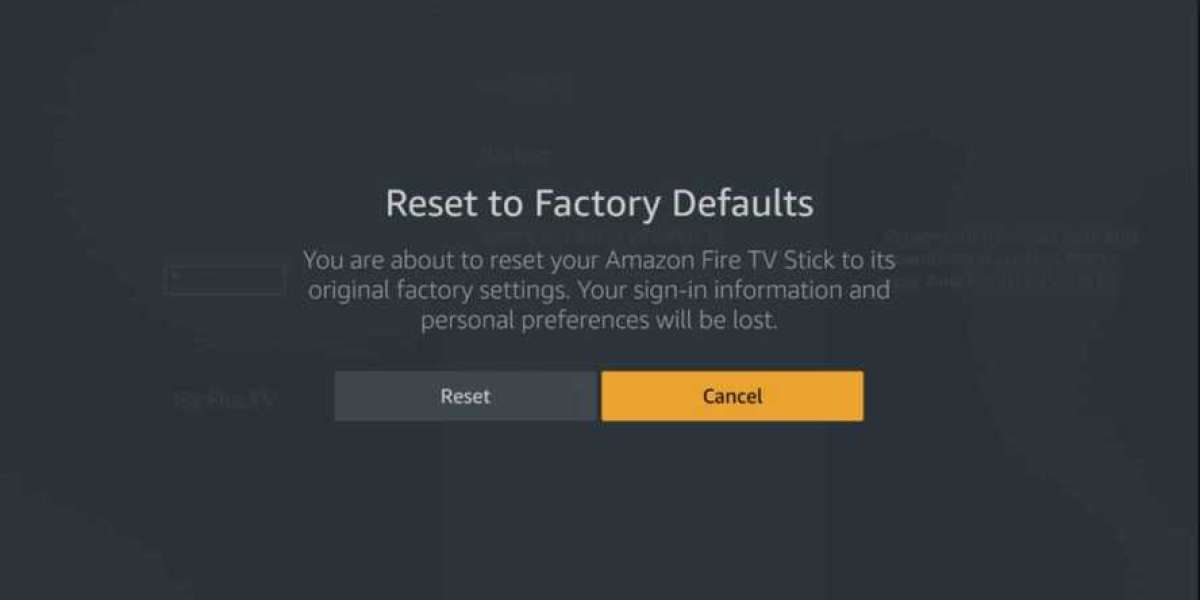According to the TechSci Research report titled “Carbon Credit Validation Verification and Certification Market – Global Industry Size, Share, Trends, Competition Forecast Opportunities, 2020-2030F”, the Global Carbon Credit Validation, Verification, and Certification (VVC) Market was valued at USD 222.14 million in 2024 and is projected to reach USD 862.85 million by 2030, growing at a robust CAGR of 25.19% over the forecast period. This impressive growth is fueled by sweeping transformations in the way carbon offset projects are monitored, validated, and verified, largely due to the integration of digital MRV (Monitoring, Reporting, and Verification) systems.
A paradigm shift is underway, as traditional VVC mechanisms are being replaced by digital-first processes that leverage satellite imaging, IoT-enabled sensors, artificial intelligence (AI), and blockchain for greater transparency, efficiency, and scalability. In 2024, over 70% of new carbon credit projects adopted some form of digital MRV, enabling near real-time monitoring of emissions, automated land-use assessments, and transparent audit trails. AI models are now capable of identifying deforestation, reforestation, or methane reductions with more than 85% accuracy—dramatically reducing reliance on manual verification.
Blockchain, too, is gaining ground, with 10–15% of voluntary carbon market transactions in 2024 facilitated via blockchain-backed carbon registries. These systems create tamper-proof records for credit issuance and transfer, increasing market confidence. Automation and digitization have effectively halved the average VVC processing time from 12–18 weeks to just 6–8 weeks, particularly benefiting regions with limited access to trained verifiers, such as parts of Africa and Southeast Asia. These digital tools are reducing human error, ensuring auditability, and significantly enhancing the integrity of credits in the eyes of institutional investors and regulatory bodies.
Co-Benefits and ESG Alignment: A New Premium on Impact
Another key development shaping the market is the increased demand for carbon projects that deliver measurable co-benefits, such as biodiversity conservation, community development, water security, and gender equity. In 2024, more than 45% of verified voluntary market credits were tied to such co-benefits, significantly raising their market value.
Certification standards like the Climate, Community Biodiversity Standards (CCBS) and SD VISta have experienced substantial increases in project registrations. These multi-impact standards are attracting ESG-conscious investors, many of whom are seeking verification not just for emissions reductions but for broader sustainability performance.
Projects that create strong social and environmental co-benefits—such as a mangrove restoration initiative improving fish stocks or a forest project that hires and trains hundreds of local women—are often able to command 20–30% higher credit prices. This trend is reinforcing the need for VVC providers to expand their verification frameworks to include non-carbon impact assessments, often in collaboration with NGOs, indigenous groups, and local stakeholders. As ESG frameworks evolve globally, co-benefit-linked certifications are expected to become standard in carbon markets, particularly as corporations align their climate action with sustainability-linked financial instruments such as green bonds and ESG funds.
Compliance Carbon Market: Fastest-Growing Segment by Type
Among market segments, the Compliance Carbon Market is emerging as the fastest-growing, driven by tightening global regulations, the expansion of Emission Trading Schemes (ETS), and cross-border climate policies. As more nations commit to net-zero pathways under the Paris Agreement, carbon pricing frameworks are becoming increasingly formalized, with legally binding emissions caps requiring rigorous third-party verification.
Major economies are ramping up their ETS programs, including the European Union, China, South Korea, and Canada, alongside new entrants such as Indonesia and Vietnam. China’s ETS alone currently covers over 4 billion metric tons of CO₂ annually and is poised to expand its scope to additional industrial sectors, further increasing the need for certified VVC services.
Moreover, instruments like the Carbon Border Adjustment Mechanism (CBAM) are putting pressure on exporters from developing countries to comply with stringent carbon accounting and verification protocols. Without reliable validation and certification, these exporters risk losing access to key international markets.
Compliance markets demand higher transparency and stricter oversight than voluntary markets, making robust MRV and third-party certification mandatory. Governments and regulators are rolling out enhanced MRV protocols, making VVC providers essential to maintaining the credibility of the entire system. As financial institutions embed climate risk analysis into their underwriting and investment practices, corporations are compelled to ensure their credits meet the highest compliance standards.
Browse over XX market data Figures spread through XX Pages and an in-depth TOC on the " Global Carbon Credit Validation Verification and Certification Market"
https://www.techsciresearch.com/report/carbon-credit-validation-verification-and-certification-market/29523.html
Asia Pacific: The Fastest-Growing Regional Market
The Asia Pacific region is projected to be the fastest-growing in the global carbon credit VVC market through 2030. This growth is fueled by a combination of climate policy acceleration, rising voluntary and compliance market activity, and significant climate finance inflows into the region.
China’s ETS, the largest in the world by coverage, has created an urgent demand for validation and verification services as it expands to new sectors. Similarly, South Korea’s carbon trading program and emerging schemes in countries like India, Indonesia, and Vietnam are stimulating growth in both compliance and voluntary VVC services.
Asia Pacific is also a major supplier of nature-based solutions such as afforestation, mangrove restoration, and regenerative agriculture projects that generate high-quality voluntary carbon credits. Many of these are aimed at export markets in Europe and North America, requiring compliance with internationally recognized validation standards.
As companies across the region seek to meet science-based targets and ESG commitments, investment in credible carbon offsets is rising sharply. In parallel, governments are building institutional infrastructure to comply with Article 6 of the Paris Agreement, which allows for cross-border credit trading—further enhancing demand for formal VVC services.
Asia Pacific’s convergence of policy innovation, sustainable project development, and private-sector ESG investment cements its role as a powerhouse in the evolving carbon credit validation and certification landscape.
Key market players in the Global Carbon Credit Validation Verification and Certification market are: -
Verra
Gold Standard
American Carbon Registry (ACR)
Climate Action Reserve
CDM (Clean Development Mechanism)
SGS SA
Bureau Veritas
TÜV SÜD
DNV GL
Intertek plc
Download Free Sample Report
https://www.techsciresearch.com/sample-report.aspx?cid=29523
Customers can also request for 10% free customization on this report.
“The Global Carbon Credit Validation, Verification, and Certification (VVC) Market presents significant opportunities as governments and corporations accelerate net-zero initiatives. Growing adoption of carbon pricing mechanisms and the expansion of both compliance and voluntary carbon markets are driving demand for high-quality, certified credits. Emerging markets, especially in Asia and Africa, offer untapped potential for nature-based and industrial offset projects. Advancements in digital MRV technologies and blockchain are enabling greater transparency and scalability.
Additionally, alignment with Article 6 of the Paris Agreement supports cross-border credit trading, further increasing the need for standardized VVC services and creating new revenue streams for market participants.” said Mr. Karan Chechi, Research Director of TechSci Research, a research-based Global management consulting firm.
“Carbon Credit Validation Verification and Certification Market - Global Industry Size, Share, Trends, Opportunity, and Forecast, Segmented By Type (Voluntary Carbon Market, Compliance Carbon Market), By Service (Validation, Verification, Certification), By End User (Energy Power, Oil Gas, Manufacturing Industrial, Transportation, Construction, Others), By Region Competition, 2020-2030F,” has evaluated the future growth potential of Global Carbon Credit Validation Verification and Certification Market and provides statistics information on market size, structure, and future market growth. The report intends to provide cutting-edge market intelligence and help decision makers take sound investment decisions. Besides the report also identifies and analyzes the emerging trends along with essential drivers, challenges, and opportunities in Global Carbon Credit Validation Verification and Certification Market.
Contact
TechSci Research LLC
420 Lexington Avenue,
Suite 300, New York,
United States- 10170
M: +13322586602
Email: [email protected]
Website: https://www.techsciresearch.com








